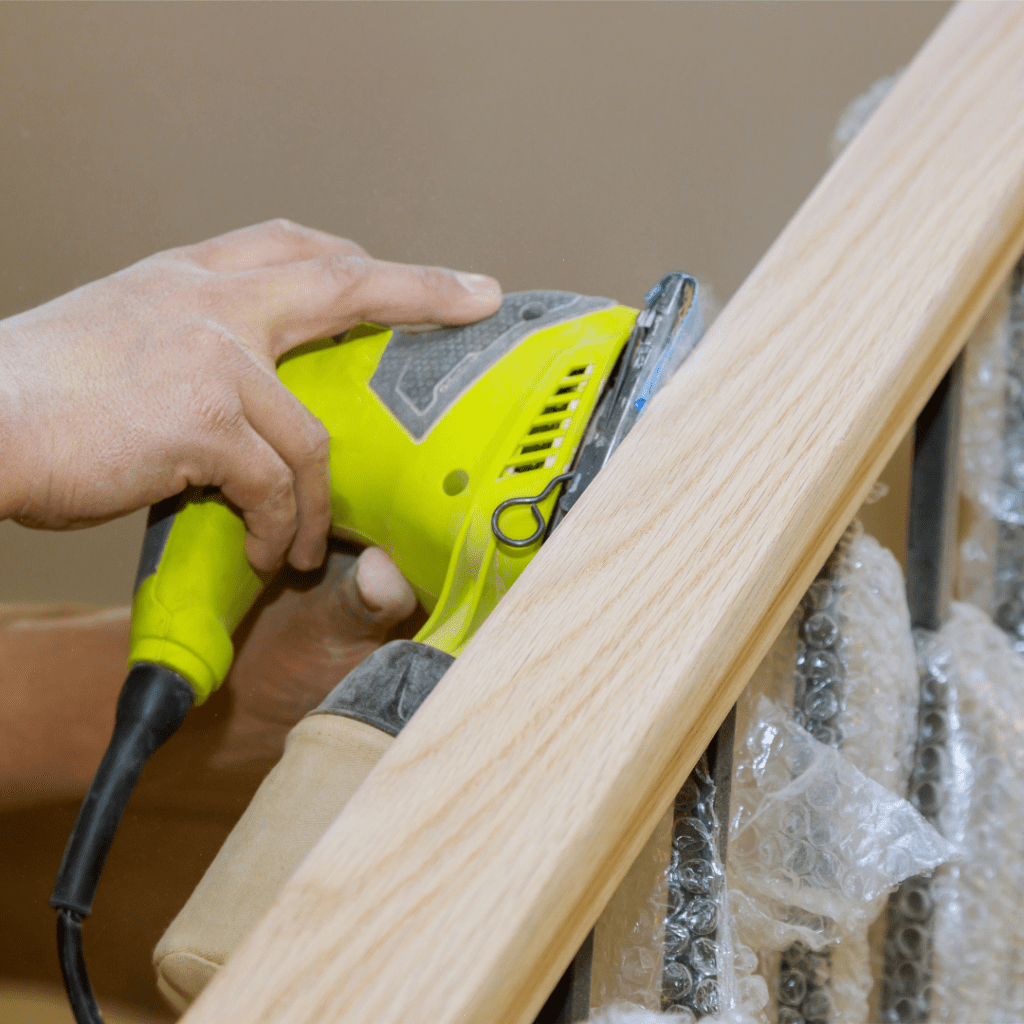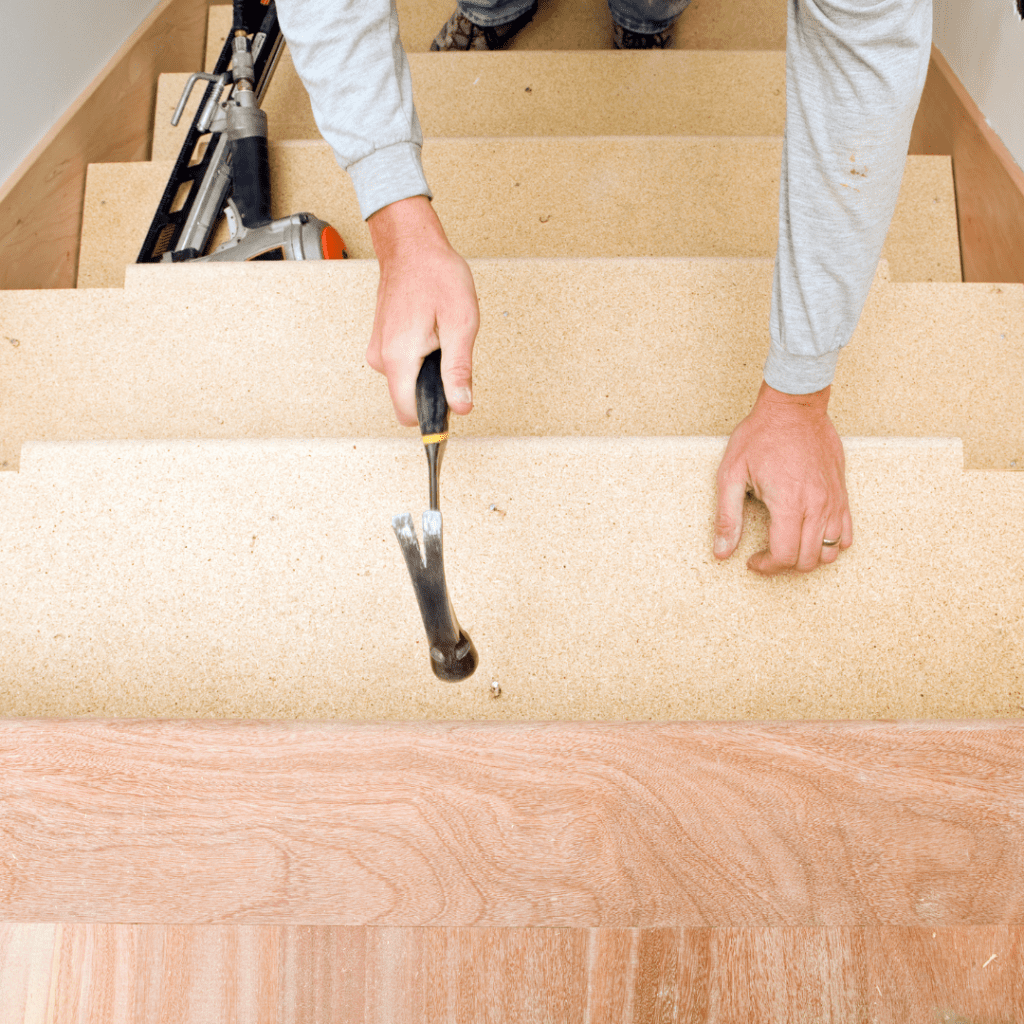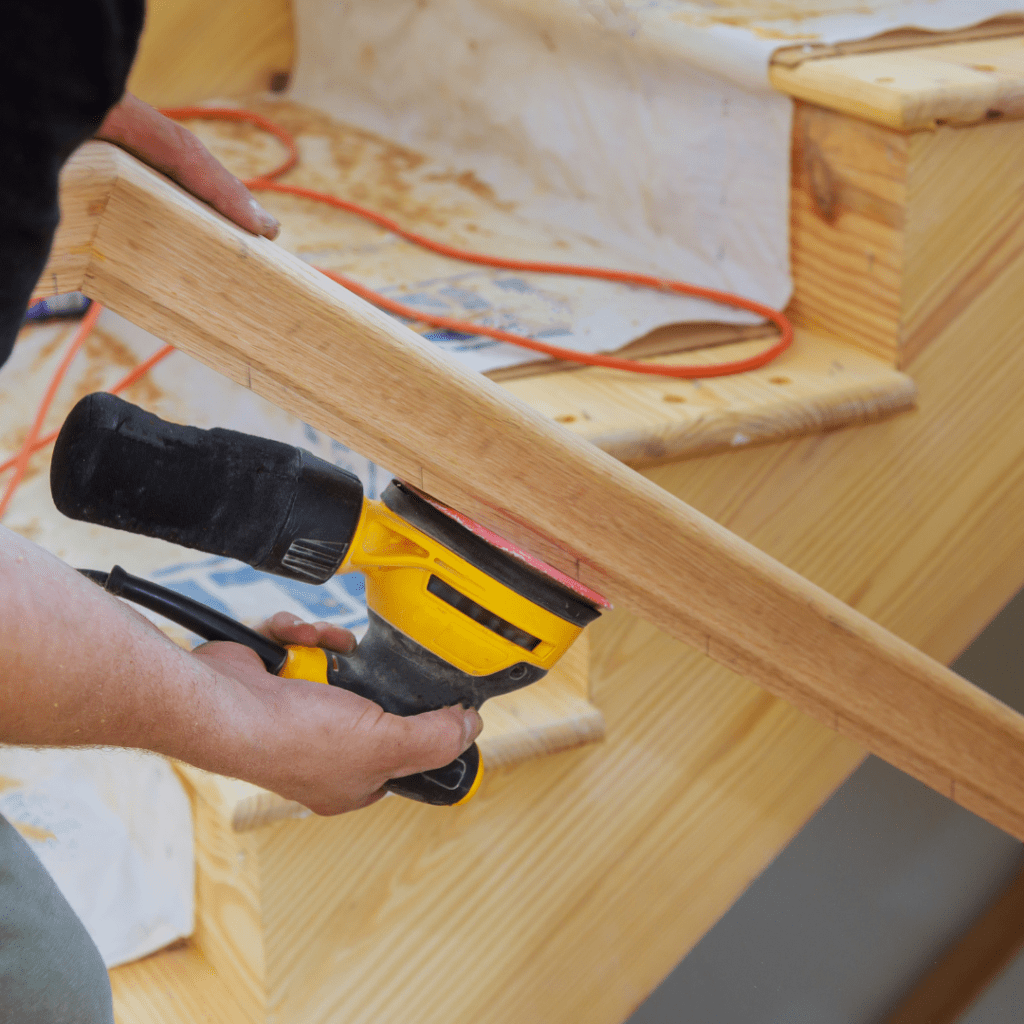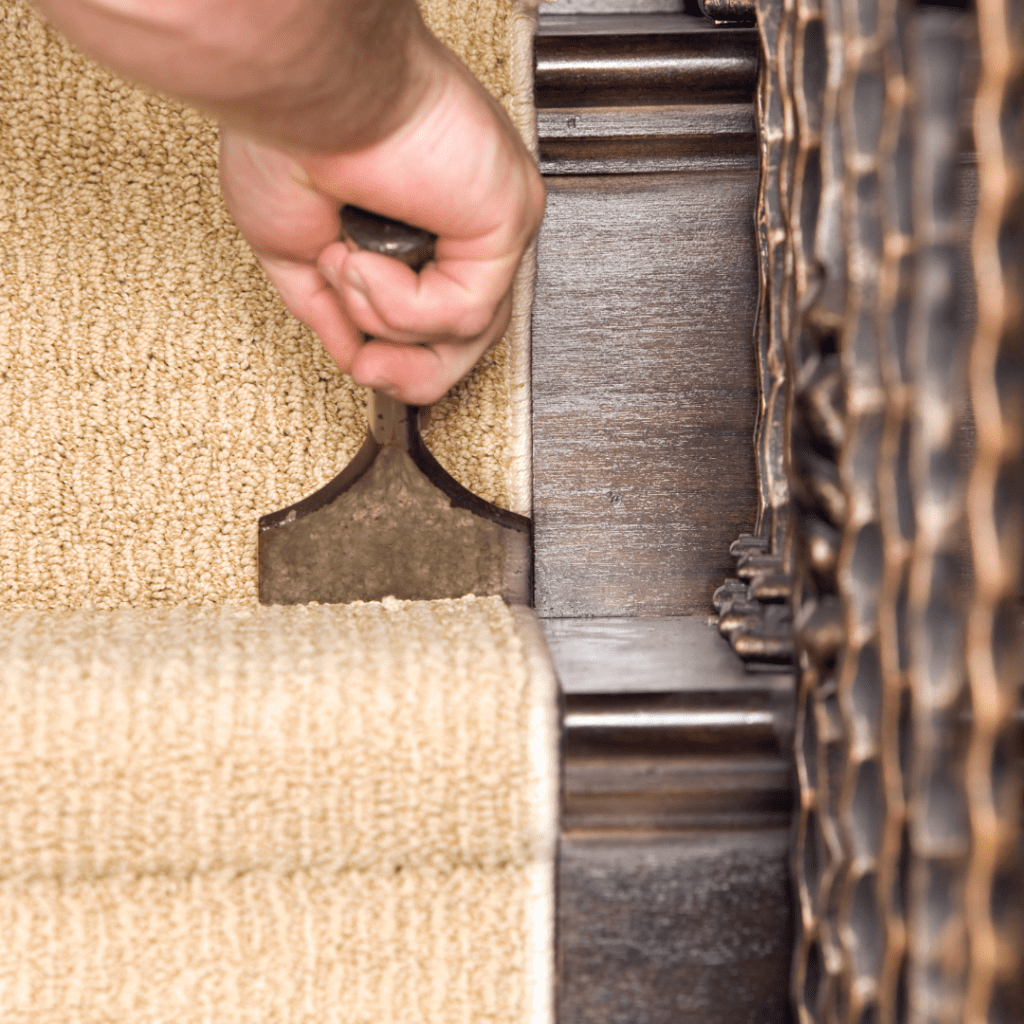STAIR & HANDRAIL:
SAFETY AND STYLE
Stair and handrail installation is a meticulous process that combines craftsmanship, safety considerations, and design expertise to create functional and visually appealing architectural features. Beginning with precise measurements and careful planning, skilled professionals assess the space and architectural style to determine the optimal layout and design for the stairs and handrails. From selecting high-quality materials such as hardwood, metal, or glass, to crafting intricate balusters and newel posts, every detail is thoughtfully considered to ensure structural integrity and aesthetic harmony. Installation involves precise cutting, fitting, and assembly techniques to create a seamless integration with the surrounding environment. Throughout the process, safety standards are prioritized, with handrails installed at the appropriate height and securely fastened to provide stability and support for users. The result is a stunning staircase and handrail system that not only enhances the functionality of the space but also adds a touch of elegance and sophistication to any home or commercial setting.
STAIR: Stairs serve as both a functional and aesthetic element in any space, providing access between different levels while also contributing to the overall design and ambiance. A well-designed staircase combines safety, durability, and style, featuring sturdy construction and carefully chosen materials to withstand daily use while enhancing the visual appeal of the area. Whether crafted from hardwood for a timeless elegance, sleek metal for a modern touch, or classic stone for a rustic charm, stairs are essential architectural elements that can elevate the atmosphere of any home or commercial setting.

HANDRAIL: Handrails are indispensable safety features that provide support and stability while ascending or descending stairs, ensuring the safety of users, particularly those with mobility limitations or balance issues. Beyond their functional role, handrails also contribute to the aesthetic of the staircase, serving as prominent design elements that can complement the overall style of the space. From ornate wrought iron railings to minimalist glass handrails, the design possibilities are endless, allowing for customization to match the unique aesthetic preferences and architectural features of any environment.

TREADS: Treads are the horizontal surfaces of stairs that provide the foothold for users as they ascend or descend, playing a crucial role in both safety and aesthetics. Durable and slip-resistant materials such as hardwood, laminate, or stone are commonly used for tread construction, ensuring stability and minimizing the risk of accidents. Additionally, treads offer an opportunity for design creativity, with options ranging from traditional solid wood treads to modern floating treads that create a sleek, contemporary look. Whether incorporating contrasting materials for visual interest or matching treads to the surrounding flooring for a seamless transition, careful consideration of tread design is essential for a successful stair installation.

RISER: Risers are the vertical components that enclose the space between each tread, providing structural support and adding visual continuity to the staircase. While risers serve a functional purpose in preventing objects from falling through the gaps between treads, they also contribute to the overall aesthetic of the staircase. Depending on the desired style and design preferences, risers can be left open to create an open and airy feel or closed with materials such as wood panels or glass for a more enclosed look. By coordinating riser design with other elements of the staircase, such as handrails and treads, a cohesive and harmonious aesthetic can be achieved, enhancing the overall appeal of the space.

NOSING: Nosing refers to the rounded edge of a stair tread that extends beyond the riser, providing additional safety and comfort for users. This overhang creates a visual distinction between the tread and the riser while also reducing the risk of tripping by providing a more defined edge for foot placement. Nosing can be simple and understated or decorative and ornate, depending on the desired aesthetic of the staircase. Additionally, nosing can be customized to match the material and finish of the treads, contributing to a cohesive and polished look.

